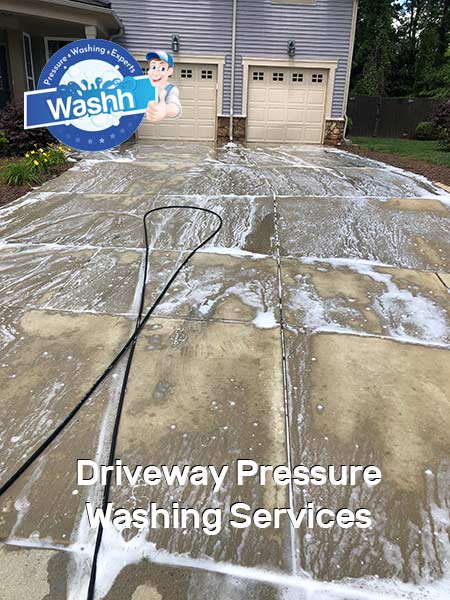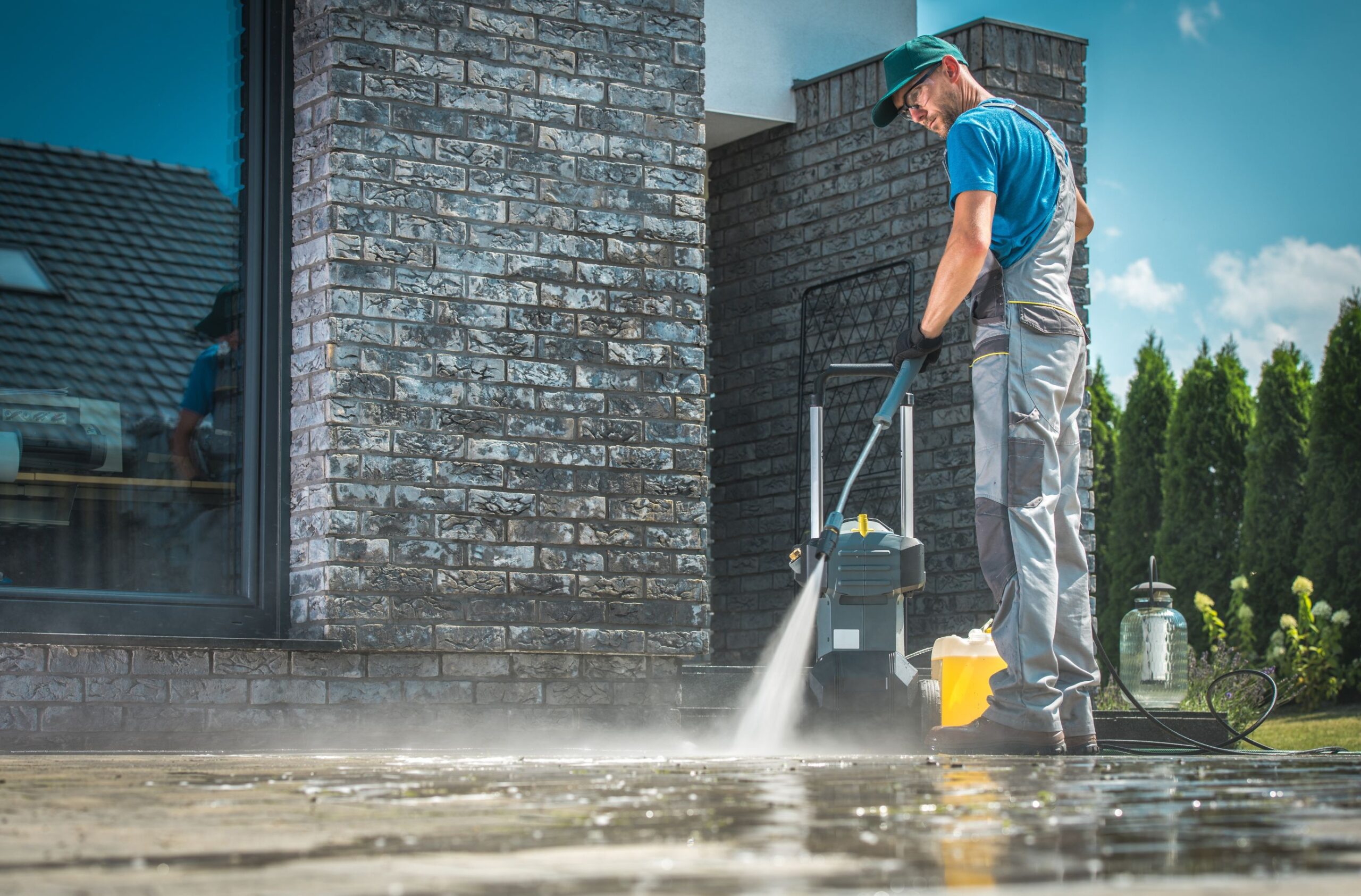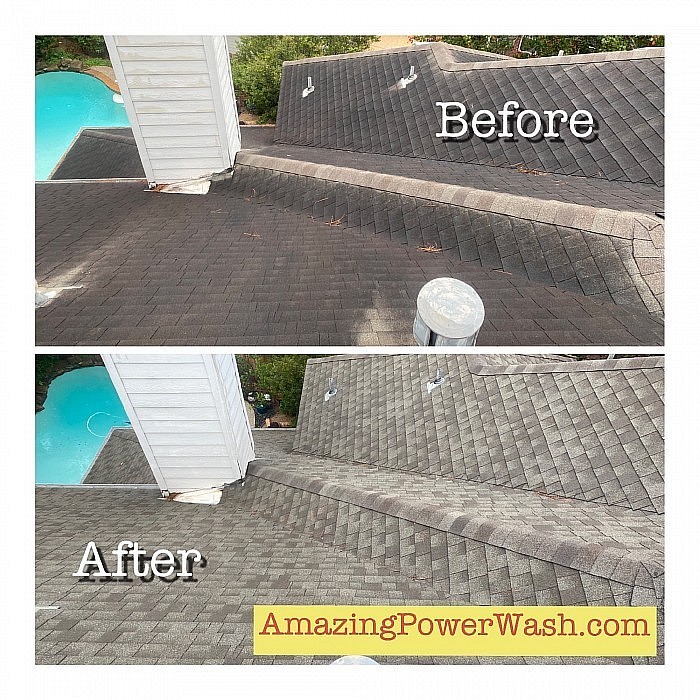Top-Rated Euclid Commercial Washing for Businesses and Commercial Properties
Top-Rated Euclid Commercial Washing for Businesses and Commercial Properties
Blog Article
Reliable Techniques for Graffiti Removal That Restore Surfaces to Their Original State
The difficulty of graffiti elimination is multifaceted, requiring an understanding of numerous graffiti kinds and the most efficient techniques for restoration. From chemical solutions that deal with particular paint structures to press cleaning techniques that preserve the honesty of surface areas, each method has its merits. Furthermore, the rise of green alternatives presents an engaging situation for environmentally conscious practices in this area. As we check out these approaches, it comes to be important to consider not only their efficacy however also their wider ramifications on remediation efforts and area aesthetic appeals. What techniques will inevitably verify most effective?
Recognizing Graffiti Kind
Understanding the diverse kinds of graffiti is essential for efficient removal methods. Graffiti can be broadly classified into a number of kinds, each requiring various strategies for elimination.
These items can cover extra location and might require different removal approaches compared to tags. The elimination of murals provides special challenges due to the possibility for damage to the underlying surface area and the creative value.
Understanding these distinctions is essential for selecting the right techniques and products for reliable graffiti removal. Each type not just differs in its visual effect however also in the approaches that will certainly be most efficient in restoring surfaces to their initial condition.
Chemical Elimination Approaches
When dealing with graffiti removal, chemical approaches are commonly the most effective and reliable strategy for different surfaces. These techniques utilize specialized solutions created to break down the chemical bonds in graffiti, making it less complicated to eliminate without damaging the underlying product.

It is crucial to pick a chemical cleaner that is suitable with the surface area being treated to stop damages. Checking the product on a tiny, unnoticeable area prior to prevalent application is suggested. In addition, appropriate protective tools, such as masks and gloves, need to be used to guarantee safety throughout the removal procedure.
When the graffiti has actually been liquified, it is important to thoroughly wash the surface to get rid of any type of chemical deposit, which can cause discoloration or deterioration in time (Graffiti Removal in Euclid). On the whole, chemical removal approaches use a powerful solution for recovering surfaces to their initial state while minimizing possible harm
Pressure Cleaning Strategies
While chemical removal techniques are extremely reliable, stress washing provides an alternate strategy for graffiti elimination that can be equally effective, specifically on durable surfaces. This technique uses high-pressure water jets to displace and remove graffiti from numerous materials, such as concrete, brick, and metal.
The effectiveness of stress cleaning depend upon numerous variables, consisting of the stress setup, nozzle type, and the distance from which the water is applied. Normally, a stress series of 2,000 to 3,000 PSI is suggested for most surfaces, but adjustments may be necessary depending upon the substrate's sensitivity. Using a fan spray nozzle can help cover larger areas effectively while minimizing the risk of harming the underlying product.
Prior to pressure cleaning, it is vital to examine the graffiti's structure. In general, stress washing is an effective device in the graffiti removal toolbox.

Eco-Friendly Solutions
Numerous people and organizations are significantly seeking environment-friendly solutions for graffiti removal, recognizing the value of reducing ecological influence. Conventional graffiti removal approaches frequently entail extreme chemicals that can be harmful to both the atmosphere and public wellness. On the other hand, eco-friendly options make use of safe and naturally degradable materials that successfully get rid of graffiti without causing damages to surfaces or launching damaging substances into the ambience.
One reliable technique is making use of natural solvents, such as citrus-based cleansers, which harness the power of pop over to this site plant-derived active ingredients to break down paint without leaving toxic deposits. In addition, cooking soda and vinegar mixes can act as mild abrasives that raise graffiti while being risk-free for the environment.
One more ingenious strategy is using green pressure cleaning systems that make use of much less water and energy compared to conventional methods. These systems typically incorporate specialized nozzles and eco-conscious cleaning agents that improve efficiency while minimizing waste.
Preventative Steps
Preventative procedures play a crucial role in combating graffiti criminal damage and lessening its event. By executing tactical strategies, homeowner and neighborhoods can prevent potential offenders and reduce the expenses connected with graffiti elimination.
One effective technique is using anti-graffiti coverings, which create a protective layer on surface areas, making it tough for paint to stick. These finishings can be clear or colored, allowing the initial aesthetic to stay intact while giving a secure versus criminal damage. Additionally, the installment of security video cameras in high-risk locations can function as a deterrent, as the existence of keeping track of modern technology may discourage prospective offenders.
Community interaction is likewise essential; organizing area watch programs or graffiti clean-up occasions promotes a sense of ownership and satisfaction amongst citizens. Educational campaigns in colleges can increase awareness about the negative impacts of company website graffiti, advertising respect for personal and public residential property.
Final Thought
Finally, the efficient elimination of graffiti requires a complex strategy that takes into consideration the type of graffiti and the surface area material. Utilizing specific chemical removers, high-pressure cleaning strategies, and environmentally friendly options can bring back surface areas to their initial state while decreasing ecological effect. In addition, carrying out preventative procedures can reduce the reoccurrence of graffiti, fostering cleaner and more aesthetically pleasing settings. A detailed understanding of these techniques is important for attaining optimum cause graffiti removal undertakings.

Report this page